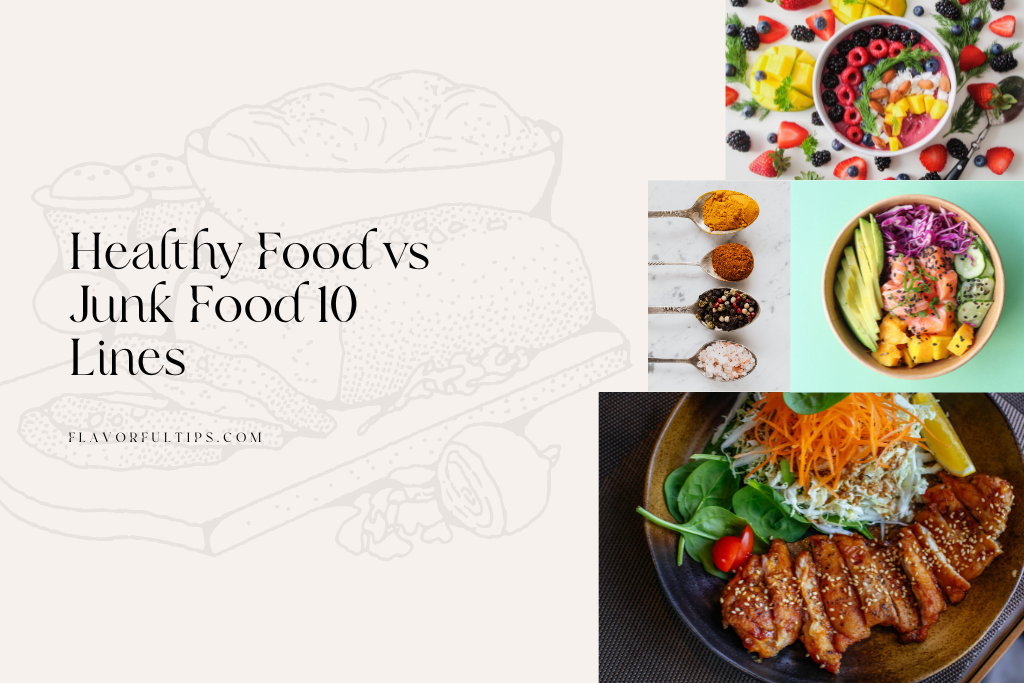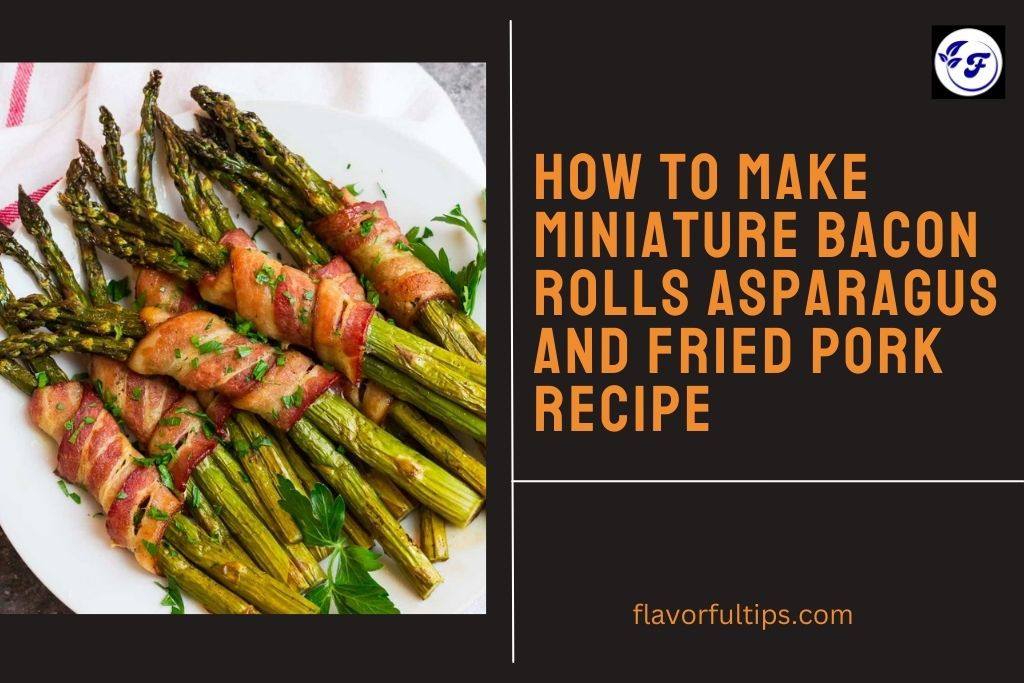Embark on a culinary odyssey where the art of cooking becomes a shield against the formidable foes of food allergies. In this gastronomic adventure, we unlock What Cooking Method Destroys Most Food Allergens that not only tantalize your taste buds but also transform potential allergens into delectable delights. Imagine a world where the sizzle of a grill, the dance of boiling water, and the magic of microwaves become your allies in crafting meals that are not only scrumptious but also safe for those with food sensitivities. Join us as we explore the transformative power of heat and unveil the culinary magic that lies within our kitchens – a realm where cooking becomes a superhero, protecting us from the challenges of food allergies.
Understanding Food Allergens
Before we embark on our culinary adventure, let’s take a moment to understand what we’re up against. Food allergens are proteins that trigger an abnormal immune response in some people. Common culprits include nuts, eggs, milk, soy, wheat, and shellfish. For those affected, even a tiny amount of these proteins can lead to symptoms ranging from hives and stomach cramps to more severe reactions like anaphylaxis.
Cooking as a Shield
The good news is that not all hope is lost in the face of food allergies. Enter the magical realm of cooking methods, where the right techniques can transform allergenic ingredients into safe and delicious delights. So, which cooking method emerges as the champion in the battle against food allergens? Let’s find out.
Heat: The Ally in Disguise
Heat is the unsung hero of the culinary world, especially when it comes to dealing with food allergens. Cooking at high temperatures can alter the structure of proteins, breaking them down into smaller, less allergenic fragments. Take nuts, for example – roasting them in the oven can significantly reduce the allergenic potential. The same goes for eggs, where thorough cooking can modify the proteins responsible for allergic reactions.
Boiling: Dunking Allergens Away
Boiling might seem like a simple cooking method, but it’s surprisingly effective in taming food allergens. When you boil food, especially those with allergenic proteins, the proteins often leach into the cooking water. This is particularly handy for dealing with allergens like gluten in wheat. Boiling pasta, for instance, can significantly reduce the gluten content in the final dish.
Frying: Crispy and Allergen-Free
Frying – whether shallow or deep – can be a game-changer in the battle against food allergens. The high temperatures achieved during frying can transform allergenic proteins, making them less likely to provoke an immune response. This is good news for lovers of fried chicken or tempura, as the cooking process can mitigate the allergenic potential of ingredients like wheat or shellfish.
Grilling: Flames of Transformation
Grilling isn’t just about those tantalizing grill marks and smoky flavors; it’s also a powerful tool in reducing food allergens. The direct exposure to high heat during grilling can lead to the breakdown of allergenic proteins, making grilled meats and vegetables safer for those with allergies. Just ensure your grill is well-cleaned to avoid cross-contamination.
Microwaving: Quick and Allergy-Friendly
Microwaving may not be everyone’s favorite cooking method, but it deserves a nod for its ability to neutralize food allergens. The quick bursts of intense heat generated by microwaving can alter the structure of proteins, reducing their allergenic potential. It’s a convenient option for busy individuals looking to prepare allergen-safe meals in a jiffy.
Pressure Cooking: Under Pressure, Allergens Yield
The magic of pressure cooking lies in its ability to reach high temperatures quickly. This cooking method is particularly effective for legumes, like peanuts, which are known allergens. Pressure cooking breaks down complex proteins, making them less likely to trigger an allergic reaction. So, dust off that pressure cooker and embrace the allergen-friendly possibilities it holds.
Conclusion
In the realm of food allergies, knowledge is power, and the right cooking methods can be your culinary armor. Armed with the understanding that heat can be a powerful ally, you can transform potentially allergenic ingredients into safe and scrumptious meals. Whether you prefer the sizzle of a grill, the bubbling embrace of boiling water, or the swift efficiency of a microwave, each cooking method brings its own unique strengths to the table.
As you embark on your allergy-conscious culinary journey, remember that cross-contamination is a key consideration. Clean utensils, separate cooking surfaces, and a vigilant approach can further enhance the safety of your meals.
So, fear not, adventurous cooks and allergy warriors! With the right knowledge and cooking techniques, you can turn your kitchen into a haven for delicious, allergen-friendly creations.
Frequently Asked Questions
Can boiling eliminate allergens completely?
Boiling reduces allergens as they leach into water, but complete elimination depends on the specific allergen and duration.
How does microwaving impact food allergens?
Microwaving alters protein structures, reducing allergenic potential and providing a quick, allergy-friendly cooking option.
Is grilling a safe method for those with allergies?
Yes, grilling at high temperatures breaks down allergenic proteins, making grilled foods safer for individuals with allergies.



